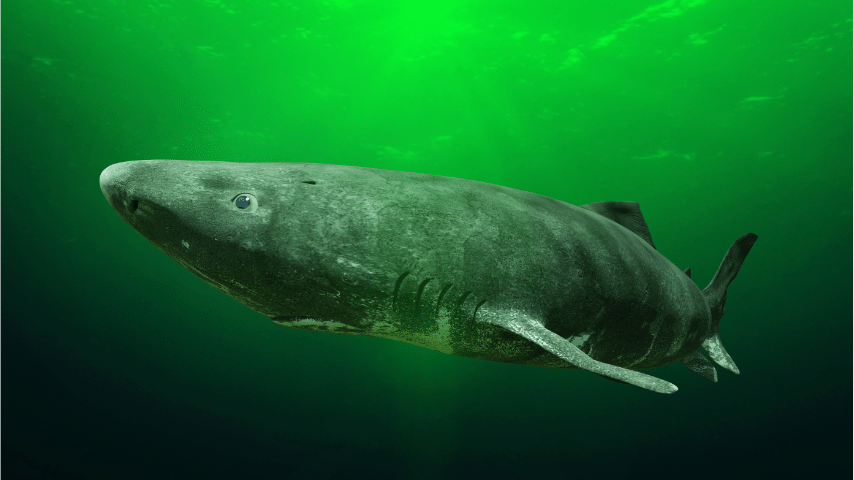Some people wonder if sharks are tetrapods or not. Let’s look at it more closely at what tetrapods are to figure this out.
Are Sharks tetrapods?
Sharks are not tetrapods. Sharks belong to the class of Chondrichthyes. Tetrapods are four-limbed animals that make up the superclass Tetrapoda. This includes extinct amphibians, reptiles, and mammals. Tetrapods evolved from the Tetrapodomorpha. Then, they evolved into the sarcopterygian fish. This all occurred approximately 390 million years ago during the Devonian period.

Are Sharks tetrapods Yes or No
More About Tetrapods
At first, the tetrapods were mainly aquatic. More modern amphibians that have evolved are typically semiaquatic.
They begin their lives in the same way that tadpoles do. The later stages are partly aquatic and partly terrestrial.
Today, most tetrapods are amniotes. The main difference between amniotes and amphibians is the amnion. This is what allows the eggs to keep their aqueous on land.
They are not obligated in any way to stay in the water. Some amniotes transitioned to internal fertilization later on.

Tadpoles’ Later Stages Are Partly Aquatic And Partly Terrestrial
About Sharks

Sharks Are Portrayed As Blood Seeking Villains
Shark Anatomy
Without a doubt, sharks are formidable predators. Multiple rows of teeth fall out and regrow in their mouths regularly.
The teeth are big and sharp as a razor. The teeth are shaped in a triangular fashion. When you get bitten by a shark, it is like being stabbed with a spear.

The Shark’s Anatomy
Sharks and Their Behavior
Sharks can be found in both surface and subsurface waters all around the world. Some are alone, while others hang out in groups.
Many of them migrate long distances to breed and feed. For example, lemon sharks are known to socialize together.
Researchers are continuously attempting to determine the lifespan of sharks. They have only studied the ages of a few shark species to date. Some shark species are still unknown.
A notable shark is the Greenland shark. This was a long-lived vertebra at 272 years. Most sharks eat tinier fish. But, some larger sharks specifically prey on seals and sea lions.
Humans aren’t on the menu for the shark. Although shark attacks have increased over the years, it is still quite rare to occur.
There is only a one in 11.5 million chance of being bitten by a shark while you are in the water.
A shark may bite a human for a variety of reasons. The shark may confuse a human being with being prey.
They may also bite people to defend themselves from a perceived threat or just bite out of pure curiosity. A shark attack is extremely uncommon.

Greenland Shark
The Population of Sharks
Sharks are not a threat to people. It is quite the opposite. Human beings are a threat to sharks. Humans are responsible for a big decline in shock populations.
Every year, over 100 million sharks are exterminated. Sharks are endangered by overfishing. Sharks are hunted down to supply an expensive Chinese dish.
This dish is known as shark fin soup. Many fisheries allow this to occur.

Shark Fin Soup
Some anglers may chop a live shark’s fins off and put it back into the ocean to die horribly. This is called shark finning.

Shark Fin
In addition, increasing water temperatures and coastal development are also responsible for shrinking shock populations.
These two factors destroy the coral reefs and mangroves that sharks use for breeding. These are also used for protecting the young pups.
A decline in the shark population is bad news for the ocean’s health. Sharks are top predators in the ocean and are very important for ensuring a balanced food chain.

Decline In The Shark Population
Frequently Asked Questions About Are Sharks tetrapods?
What is the life expectancy for sharks?
What are mermaid purses?
How do sharks hear?

![Are Sharks Tetrapods? #1 Best Facts [SOLVED]](https://www.animalfoodplanet.com/wp-content/uploads/2022/05/Are-Sharks-tetrapods-720x405.png)
